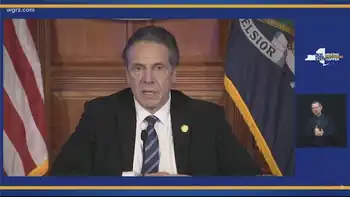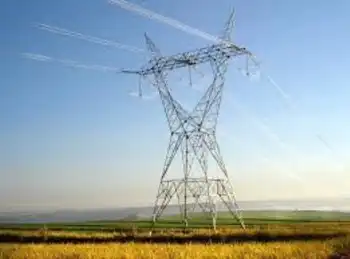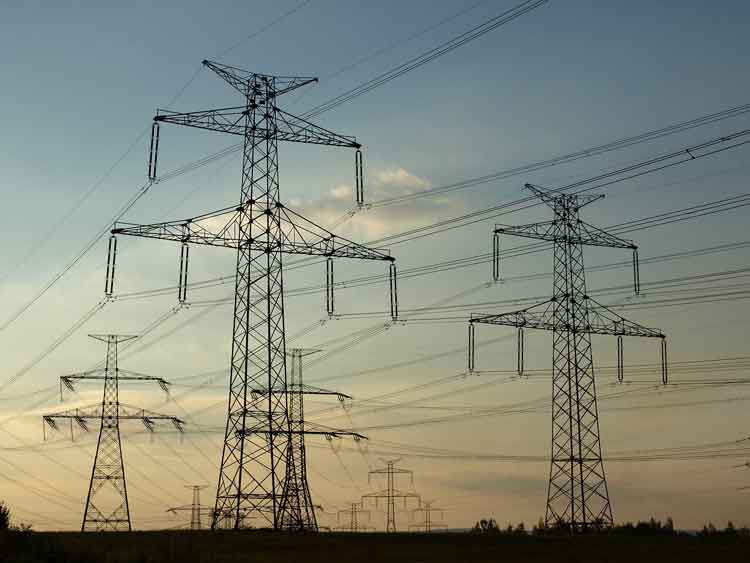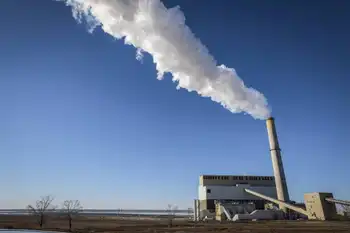NERC Issues Projection for US Electricity Supply
The North American Electric Reliability Council issued its projection for the U.S. electricity supply through 2009 and found that thus far there is enough new commercial generation capacity in the pipeline for the short term.
"Merchant plant developers have announced plans to construct more than 190,000 megawatts of new generation by 2004," NERC said in a release. "Although it is unlikely that all of this new capacity will be constructed, if even half of that capacity makes it to completion, capacity margins will be adequate."
NERC, which oversees the 10 regional reliability councils that oversee the transmission of wholesale electricity around the country, said that the prospects for the second half of the decade appeared to hold no major obstacles, although the situation could change with factors such as fuel costs, environmental regulations and the political climate.
"Although North America's electric systems are expected to have satisfactory capacity margins, there may be isolated areas where problems may occur, depending upon weather, generating unit availability, demand growth, and the ability of the transmission systems to move electricity from generating sources to demand centers," NERC said.
As the wholesale power industry continues to deregulate -- as the healthy economy gobbles up increasing amounts of electricity -- there are concerns among regulators, lawmakers and utility companies that the power grid could be overwhelmed and not be able to produce enough power to consumers.
NERC concluded that while there were enough power plants slated for construction, transmitting the additional voltage across vast distances might grow more difficult as power-line construction lags.
"Very few transmission facilities are expected to be added during the next decade," NERC said. "This means that transmission congestion and limitations will increase."
The report projected that another 8,445 miles of heavy-duty 230-kilovolt transmission lines would be built in the coming 10 years, which sounds impressive enough, however it only increases the national grid by 4.2 percent.
Deregulation and increasing demand will require that technicians at the reliability councils keep a close eye on the system to make sure that a drop in power in one area does not create a ripple effect that would be felt over a larger area.
Related News

New York State Moratorium on Utility Disconnections During Emergencies
NEW YORK - Governor Andrew M. Cuomo has announced a proposal to prohibit utility disconnections in regions that are under a state of emergency as part of the 2021 State of the State. The Governor will propose legislation that will apply to electric, gas, water, telecommunications, cable and internet services. Utilities that fail to comply will be subject to penalties.
“In a year in which we dealt with an unprecedented pandemic, ferocious storms added insult to injury by knocking out power for hundreds of thousands of New Yorkers,” Governor Cuomo said. “Utility companies provide essential services, and we need to make…





